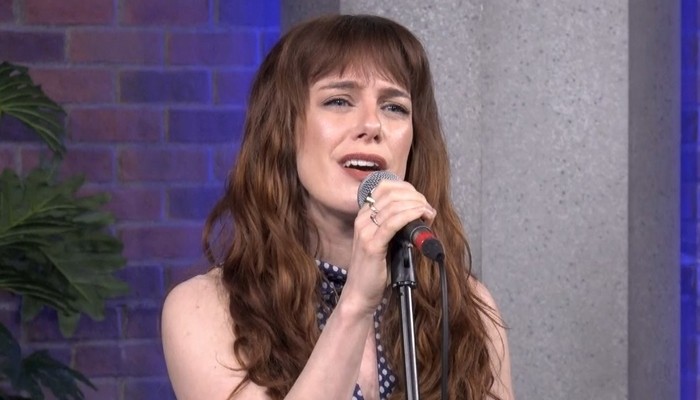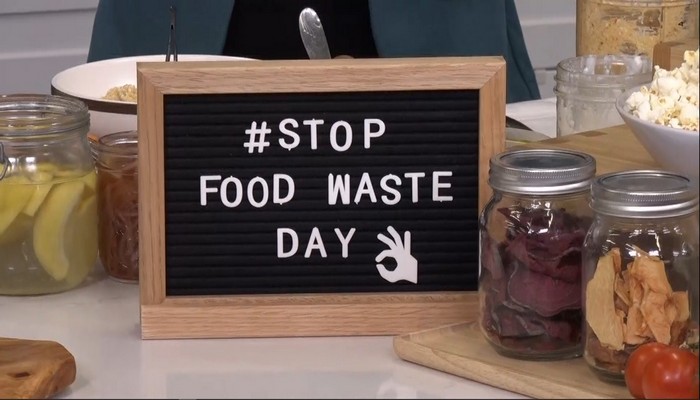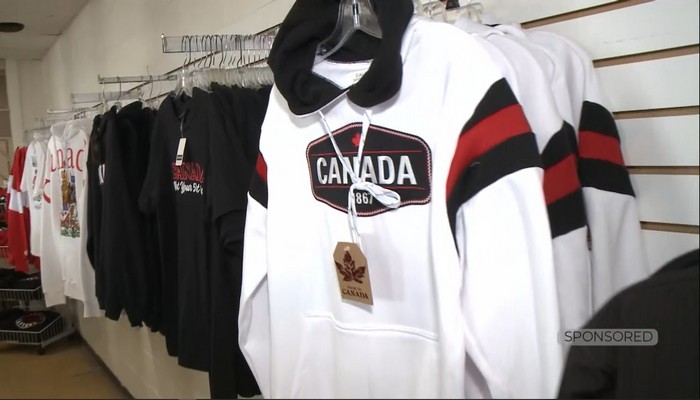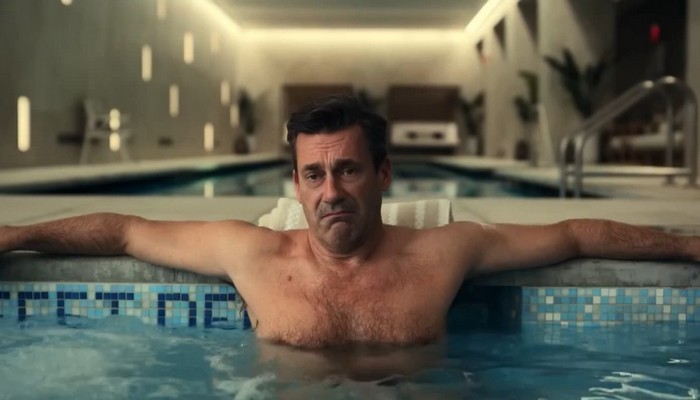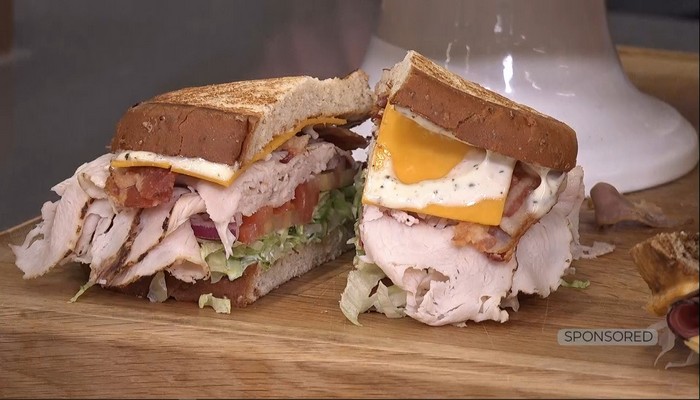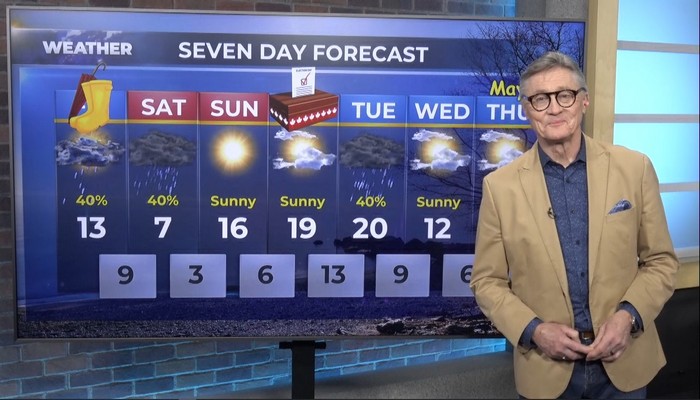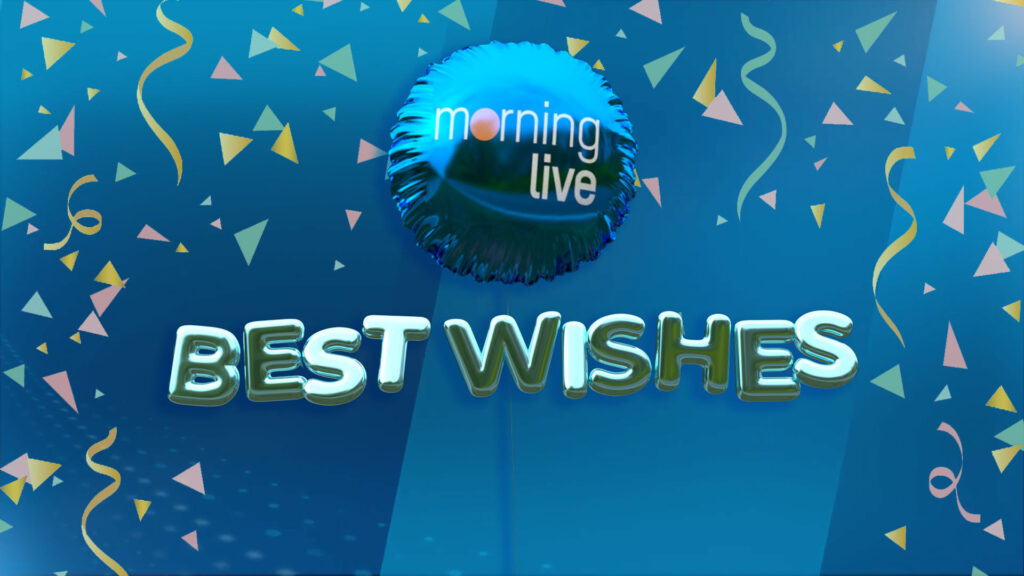
Swallowing medication
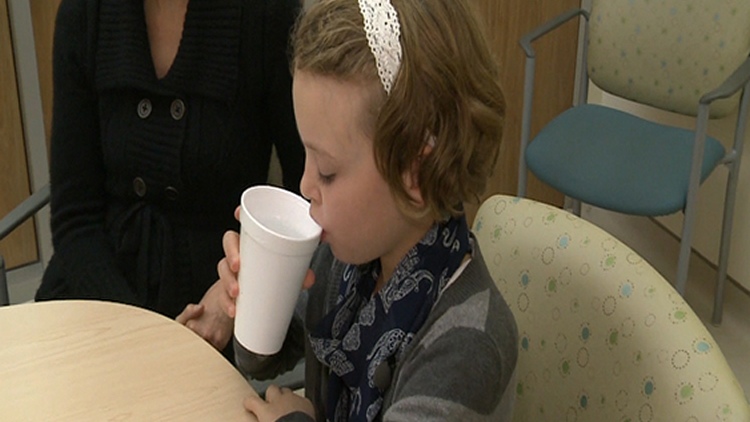
[projekktor id=’21747′]
McMaster Children’s Hospital is making it easier for kids to learn to swallow pills.
Many kids, and even adults struggle to take medication because they can’t get over their fear of swallowing pills. Nine year old Jaida Combs was one of those kids. She has epilepsy and needs to take four pills, twice a day. Her mom, Denise Carte-Combs, says Jaida’s difficulty taking her medication made the diagnosis even more stressful, “it would take a few hours a day to get the medicine down so we knew we needed some extra help.”
That’s where certified child life specialist, Heather McKean came in. She and her team have developed a simple handout to help parents teach their kids to swallow pills. She says it’s a common problem and they wanted to provide a simple solution for struggling families, “A doctor prescribes a medication that’s in pill form and one of the first things families say is oh, I don’t know if my child will be able to take that.”
The handout describes the “waterfall” technique. It encourages kids to keep their cheeks sucked in to help the water stay on their tongue and sweep the pill down their throat. It also suggests some different head positions that kids find helpful. Once they’ve mastered the mechanics, the fun starts. The handout uses the pill swallowing challenge game to help kids work up to the size of pill they need to take. And as McKean points out, kids love that it uses candy for practice, “you’d start with a sprinkle, then maybe you would do a confetti sprinkle that’s a little bit bigger. And then you might do half a tic tac and then you would do a full tic tac after that.” Ultimately, the child works up to a candy the size of the pill they’ve been prescribed.
Jaida practised with tic tacs for a few weeks and is now able to take all eight of her daily pills without a problem. For she and her mom, it has made all the difference, “we needed to get to that stage where she was able to consistently able to take her medication so she knows that it works and that’s kind of the best reward.”
The handout is geared towards kids but the technique works for teens and adults too. You can find a downloadable copy here in the Hamilton Health Sciences patient education library.
